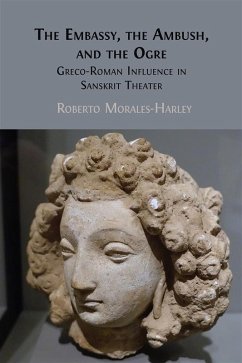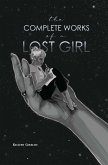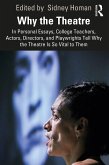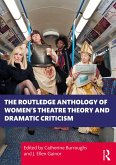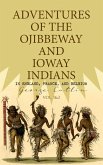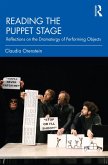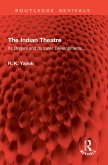This volume presents a sophisticated and intricate examination of the parallels between Sanskrit and Greco-Roman literature. By means of a philological and literary analysis, Morales-Harley hypothesizes that Greco-Roman literature was known, understood, and recreated in India. Moreover, it is argued that the techniques for adapting epic into theater could have been Greco-Roman influences in India, and that some of the elements adapted within the literary motifs (specifically the motifs of the embassy, the ambush, and the ogre) could have been Greco-Roman borrowings by Sanskrit authors. This book draws on a wide variety of sources, including Iliad, Phoenix, Rhesus and Cyclops (Greco-Roman) as well as Mahabharata, The Embassy, The Five Nights and The Middle One (Sanskrit). The result is a well-supported argument which presents us with the possibility of cultural exchange between the Greco-Roman world and India - a possibility which, though hypothetical, is worth acknowledging. Due to its comparative nature, this volume will appeal to both Indologists and Classicists, including Mahabharata scholars, Sanskrit theater scholars, and those interested in comparative work with Sanskrit literature. It brings an original perspective to the field, and provides inspiration for new lines of research.
Dieser Download kann aus rechtlichen Gründen nur mit Rechnungsadresse in A, B, BG, CY, CZ, D, DK, EW, E, FIN, F, GR, HR, H, IRL, I, LT, L, LR, M, NL, PL, P, R, S, SLO, SK ausgeliefert werden.

